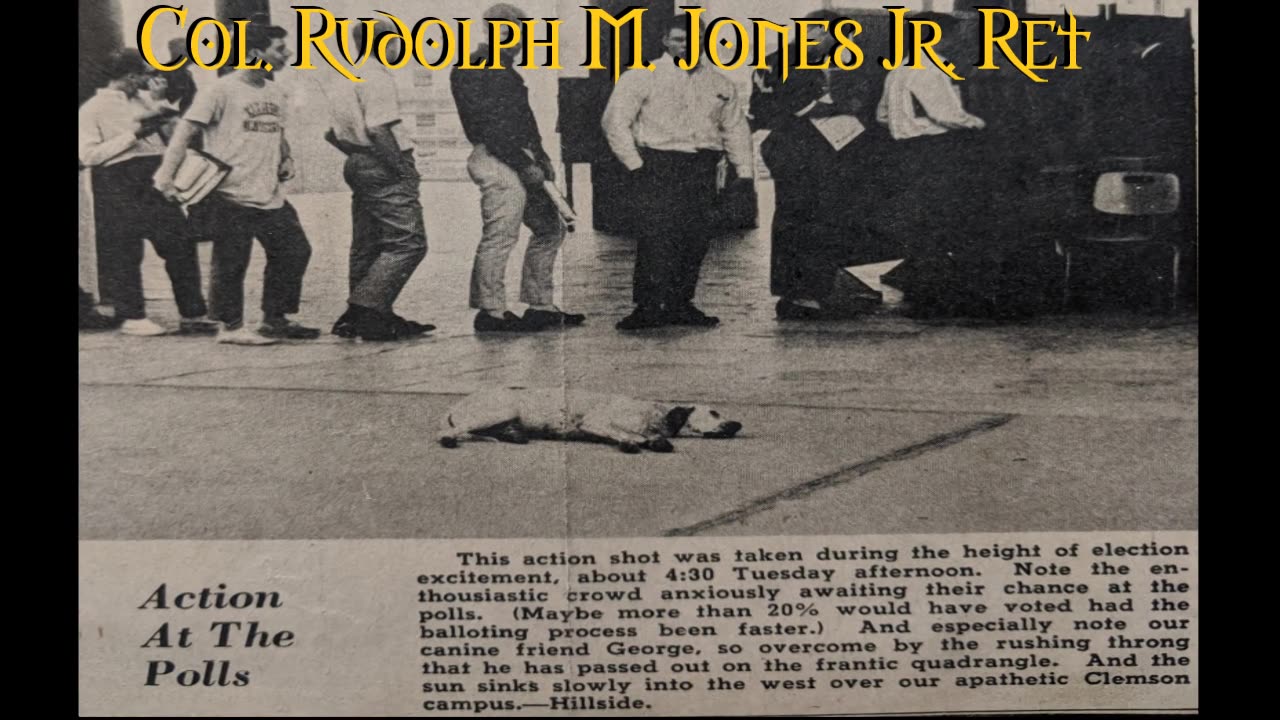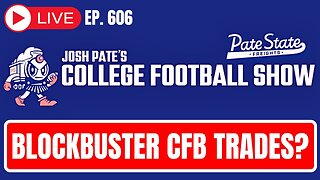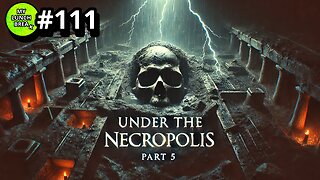Premium Only Content

Waymore Highwayman Are You Sure Crazy Waylon Jennings
Waymore Blues
The Highwayman
Are You Sure Hank Done It This Way
Ive Always Been Crazy
by Waylon Jennings
My Uncle, Col. R.M. Jones Jr 82nd Airborne Ret. favorite back in the 1980's He was in this Division in Vietnam. My father a Marine Aviator.
The Americal Division was an infantry division of the United States Army during World War II and the Vietnam War.
The division was activated 27 May 1942 on the island of New Caledonia. In the immediate emergency following Pearl Harbor, the United States had hurriedly sent a task force to defend New Caledonia against a feared Japanese attack. This division was the only division formed outside of United States territory during World War II (a distinction it would repeat when reformed during the Vietnam War).[3] At the suggestion of a subordinate, the division's commander, Major General Alexander Patch, requested that the new unit be known as the Americal Division—the name being a contraction of "American, New Caledonian Division". This was unusual, as with the exception of the Philippine Division, all other U.S. divisions were known by a number. After World War II the Americal Division was officially re-designated as the 23rd Infantry Division. However, it was rarely referred to as such, even on official orders.
The division was reactivated 25 September 1967 at Chu Lai in Vietnam from a combination of units already in Vietnam and newly arrived units. Its precursor, a division-sized task force known as Task Force Oregon was created in Quảng Ngãi and Quảng Tín provinces from the 3rd Brigade of the 25th Infantry Division, the 1st Brigade of the 101st Airborne Division, and the 196th Light Infantry Brigade (all brigades that deployed separately to Vietnam in 1966). Task Force Oregon operated in close cooperation with the 1st Marine Division in the I Corps Military Region. As more US Army units arrived in Vietnam the two divisional brigades were released back to their parent organizations and two arriving separate brigades were assigned to Task Force Oregon, which was in turn re-designated the 23rd Infantry Division (Americal). The division was composed of the 11th, 196th, and 198th Light Infantry Brigades and divisional support units. Both the 11th and 198th brigades were newly formed units.
The division became notorious after its 1st Platoon, Company C, 1st Battalion, 20th Infantry (11th Infantry Brigade) led by Lieutenant William Calley slaughtered hundreds of South Vietnamese civilians in the My Lai Massacre in March 1968. A helicopter crew from the division's 123rd Aviation Battalion, led by Hugh Thompson, Jr., attempted to intervene in the massacre and were later awarded the Soldier's Medal. Seymour Hersh broke the story of the massacre in November 1969, and a year later 14 officers – including Samuel W. Koster, the division's commanding officer – were charged with covering the massacre up. Most of the charges were later dropped, but Koster was subsequently demoted and stripped of his Distinguished Service Medal. Calley was charged, convicted and sentenced to life imprisonment and hard labor on 31 March 1971 for the murder of 22 Vietnamese civilians. President Richard Nixon soon intervened and on 1 April 1971 ordered Calley transferred from Fort Leavenworth to house arrest at Fort Benning, pending his appeal. Calley, the only person convicted, eventually served only three and half years of house arrest and was released in September 1974.
Brigadier General John W. Donaldson was later tried for shooting civilians from helicopters on 13 separate incidents. Donaldson was the highest-ranking officer to undergo court-martial during the war, but charges were eventually dropped due to lack of evidence.
MG Frederick J. Kroesen, Jr., holds the unit colors as they are cased, Chu Lai, 11 November 1971
On 28 March 1971, Vietcong sappers attacked Firebase Mary Ann, which was being transferred by the 1st Battalion, 46th Infantry Regiment to the ARVN, resulting in 33 US/ARVN killed.
The shoulder sleeve insignia's four white stars on a blue field are symbolic of the Southern Cross under which the organization has served. The blue color stands for infantry.
-
 1:11:40
1:11:40
Josh Pate's College Football Show
8 hours ago $3.45 earnedPerfect CFB Conferences | Big Ohio State Changes | Canceling Spring Games | SEC 2025 Thoughts
44.2K -
 1:08:07
1:08:07
Bek Lover Podcast
6 hours agoInteresting Times with Bek Lover Podcast
21.9K -
 1:51:12
1:51:12
Tate Speech by Andrew Tate
9 hours agoEMERGENCY MEETING EPISODE 105 - UNBURDENED
173K87 -
 1:01:18
1:01:18
Tactical Advisor
12 hours agoBuilding a 308 AR10 Live! | Vault Room Live Stream 016
145K11 -
 2:17:02
2:17:02
Tundra Tactical
1 day ago $27.05 earnedTundra Nation Live : Shawn Of S2 Armament Joins The Boys
250K28 -
 23:22
23:22
MYLUNCHBREAK CHANNEL PAGE
2 days agoUnder The Necropolis - Pt 5
198K67 -
 54:05
54:05
TheGetCanceledPodcast
1 day ago $14.56 earnedThe GCP Ep.11 | Smack White Talks Smack DVD Vs WorldStar, Battle Rap, Universal Hood Pass & More...
193K35 -
 8:30
8:30
Game On!
16 hours ago $0.70 earnedLakers BLOCKBUSTER trade! Luka Doncic is coming to LA!
26K4 -
 48:29
48:29
hickok45
20 hours agoSunday Shoot-a-Round # 266
23.2K10 -
 15:18
15:18
SternAmerican
3 days agoStern American with Sam Anthony from YourNews.com
17.2K